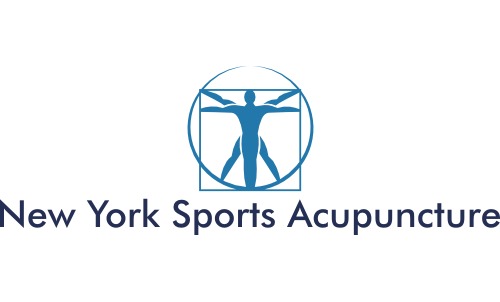Research Update: Acupuncture for Low Back Pain
A study published in the British Medical Journal examined how acupuncture can be beneficial for low back pain. The researchers split 241 people into two groups. One group received acupuncture treatments and the other group only received conventional treatments for pain. Over the course of the two-year study, researchers found that those participants receiving acupuncture reported their pain levels were less and that they needed less medication. While the differences in pain scores were not astronomical, this study does demonstrate that the addition of acupuncture to conventional treatments for low back pain can be helpful.
Statistics show that almost eight out of ten people will experience low back pain at some point during their life. Seeking medical treatment for back pain is very common. Typically back pain is fleeting and can be easily resolved with rest, heat and an occasional anti-inflammatory like ibuprofen. However, once the damage is done, the recurrence of back pain can be as high as 50 percent. Part of this is because as we age, things like muscles and tendons become less flexible and pliable. It is also very well known that in the United States people are too sedentary, and this leads to excess weight gain that can create added pressure on the body, especially the low back.
Traditional Chinese Medicine (TCM) is a medical system that dates back nearly 3,000 years. Despite its age, TCM has a lot of validity to offer in the age of modern medicine. Thousands of studies have proven that acupuncture, just one of the modalities used in TCM, can be very beneficial in the treatment of low back pain.
Acupuncture uses hair-thin needles to stimulate specific pressure points on the body. By invigorating these points, the brain is triggered to release endorphins, which are natural painkillers. The energy within the body is also moved and adjusted. According to TCM medical theory, when the energy is blocked or weak, pain and illness can attack the body.
One of the advantages of utilizing acupuncture to treat low back pain is that the acupuncturist doesn’t need to diagnose the cause of the pain before treating it. Since acupuncture has no real adverse side effects when performed by a qualified and professionally licensed practitioner, pain relief can begin the very first time a patient is treated.
The treatments are very customizable because this medicine is not a “one size fits all” type of solution. This means that as the pain shifts and changes, the patient will receive customized treatments that not only address the pain and inflammation, but they also work on resolving the root of the problem. Most patients who are dealing with pain also have added stress, insomnia and depression or anxiety. Acupuncture is great at treating all of these conditions. So the patient gets more than just pain relief.
Acupuncture is so effective at treating and relieving pain that it is now showing up in hospitals and emergency rooms. In fact, Abbott Northwestern Hospital in Minneapolis, Minnesota is now successfully using acupuncture in its emergency room to treat conditions ranging from low back pain to car accident injuries to kidney stones. Their initial results show that pain scores are just as low with acupuncture as they are with analgesic painkillers. Another positive action regarding the utilization of acupuncture came just recently. The Food and Drug Administration released proposed changes that plan to educate health care providers about treating pain. The new guidelines recommend that doctors get information about acupuncture and suggest it to their patients before prescribing opioids.
With these kinds of recommendations and testimonials, it is hard to believe that only about ten percent of Americans have ever tried acupuncture. But that statistic is slowly changing as more and more people are seeking natural and alternative methods of dealing with low back pain. Why not check it out for yourself? Contact us and see how we can help you.
New York Sports Acupuncture
Bishara Wilson, DACM, L.Ac.


